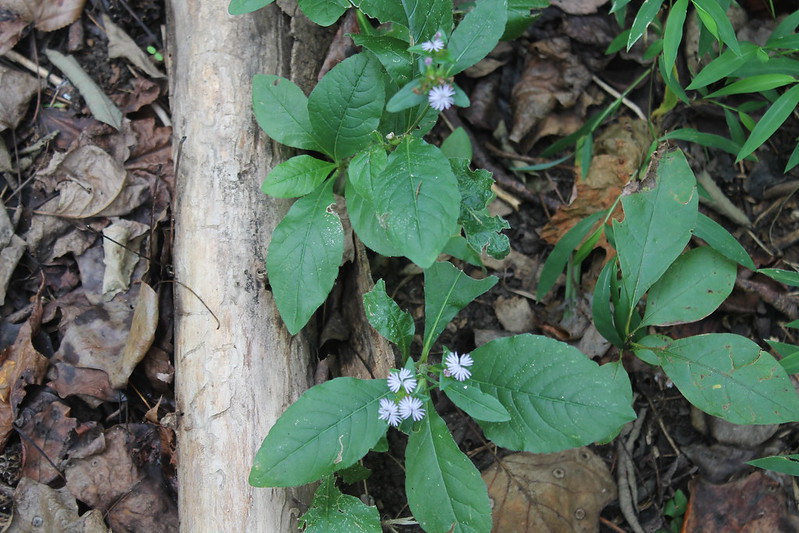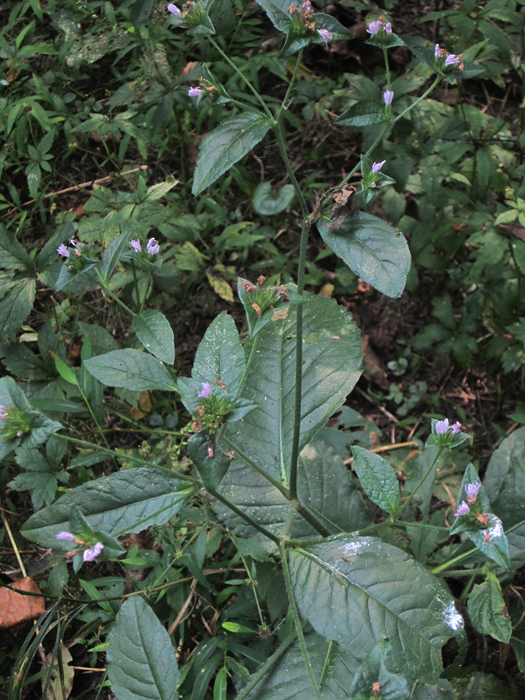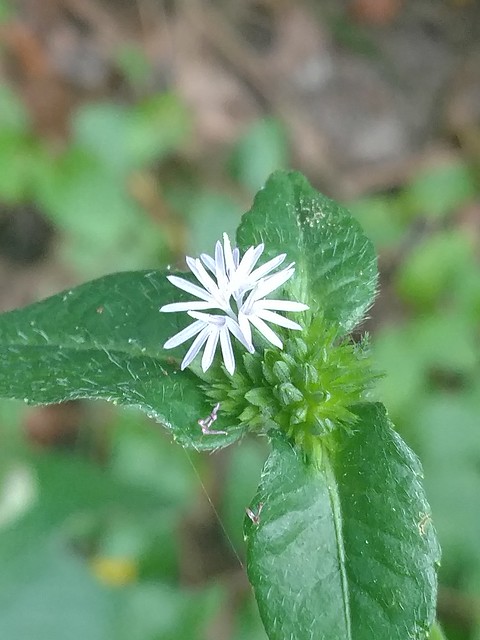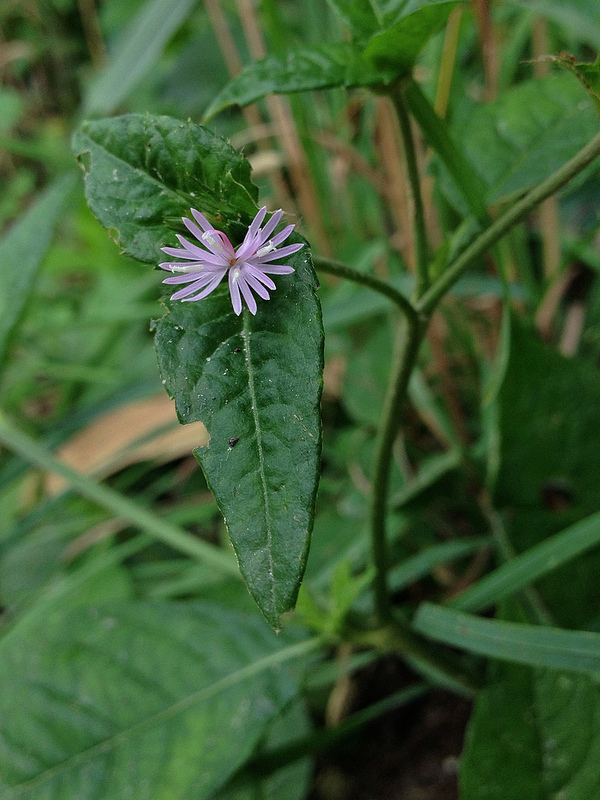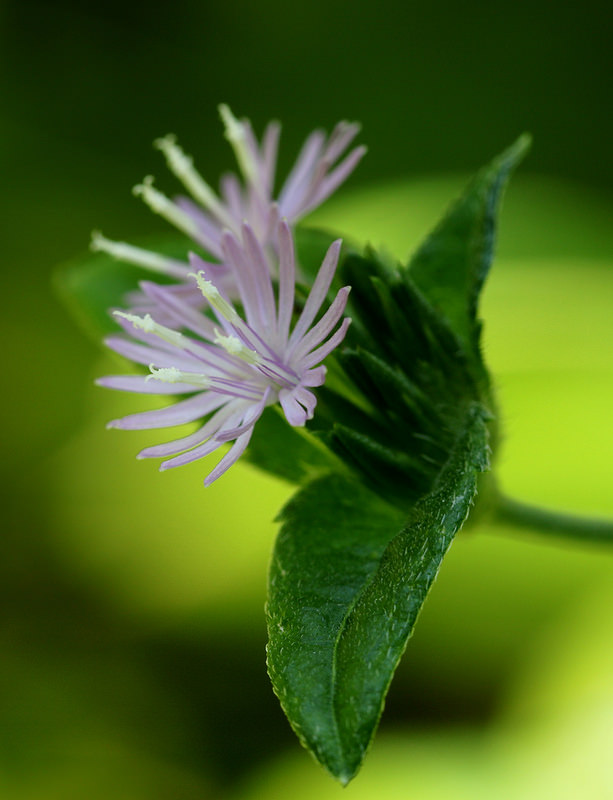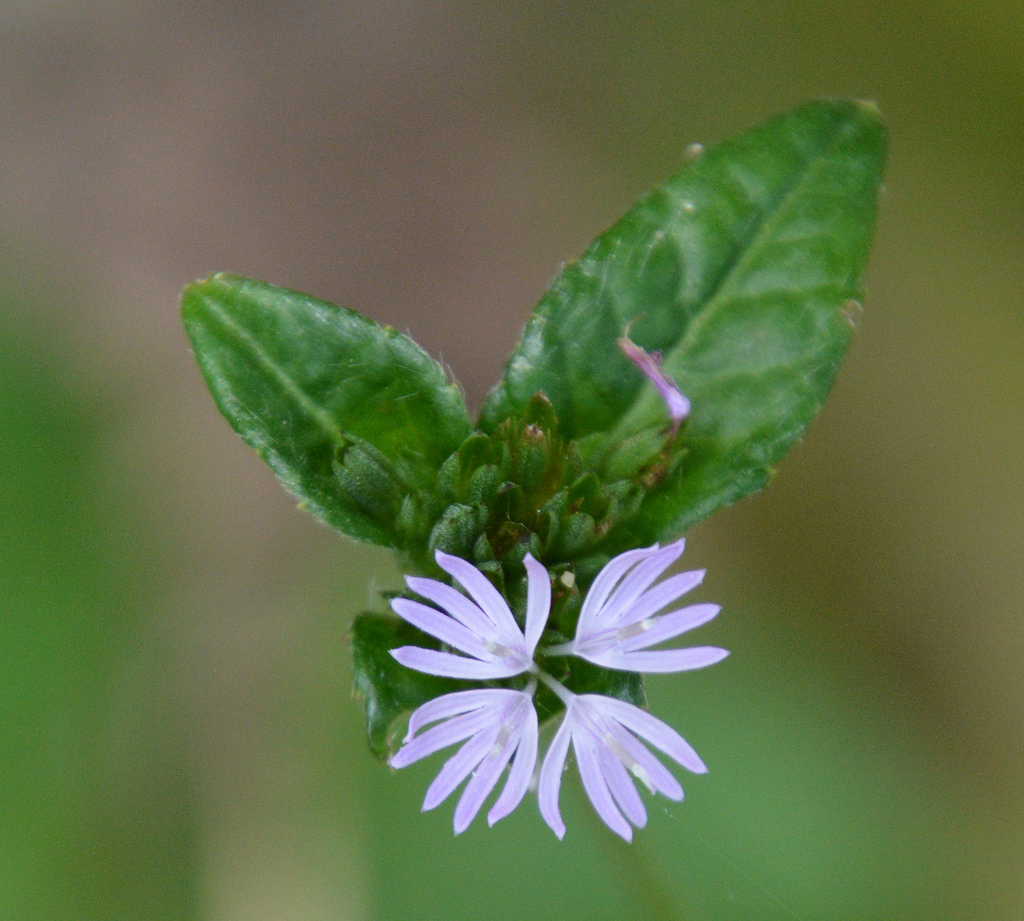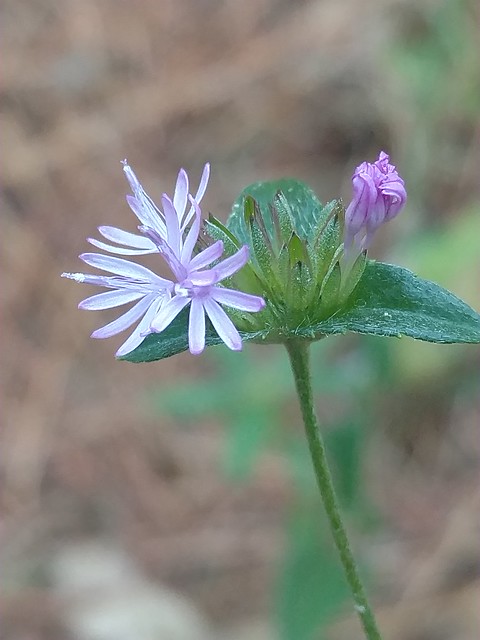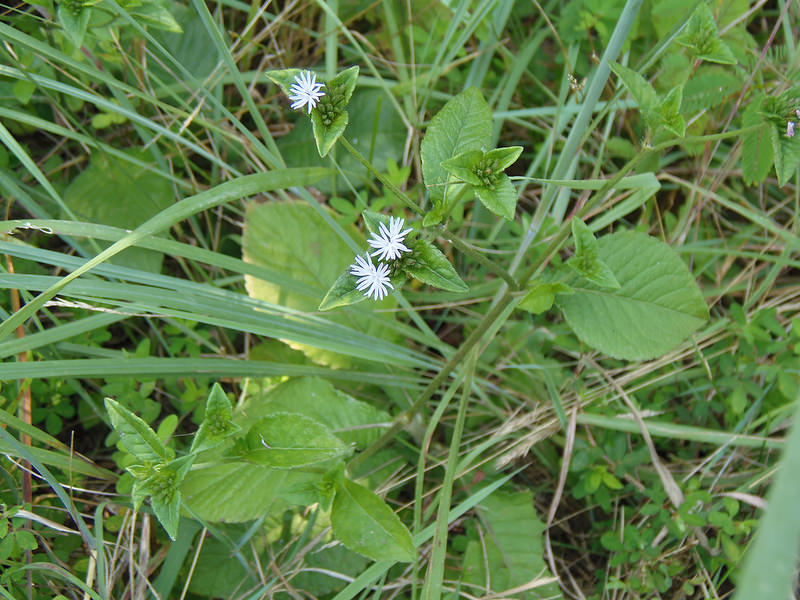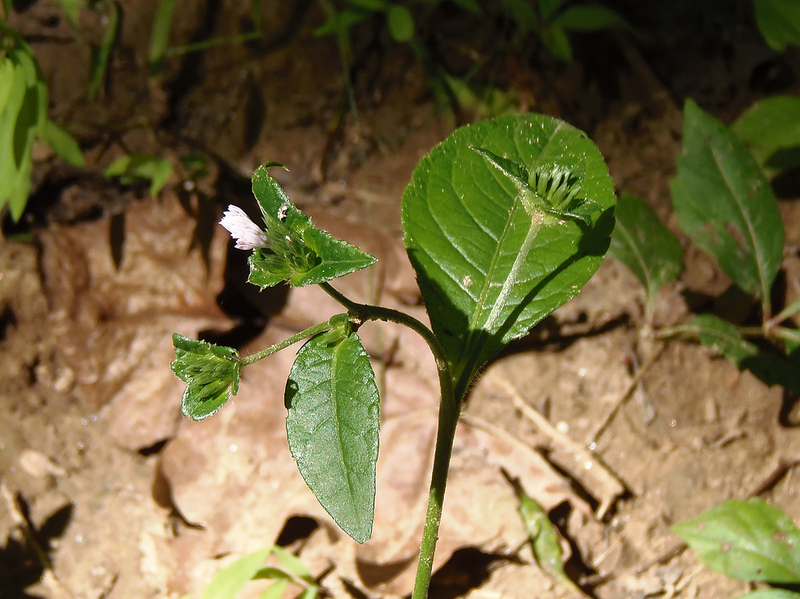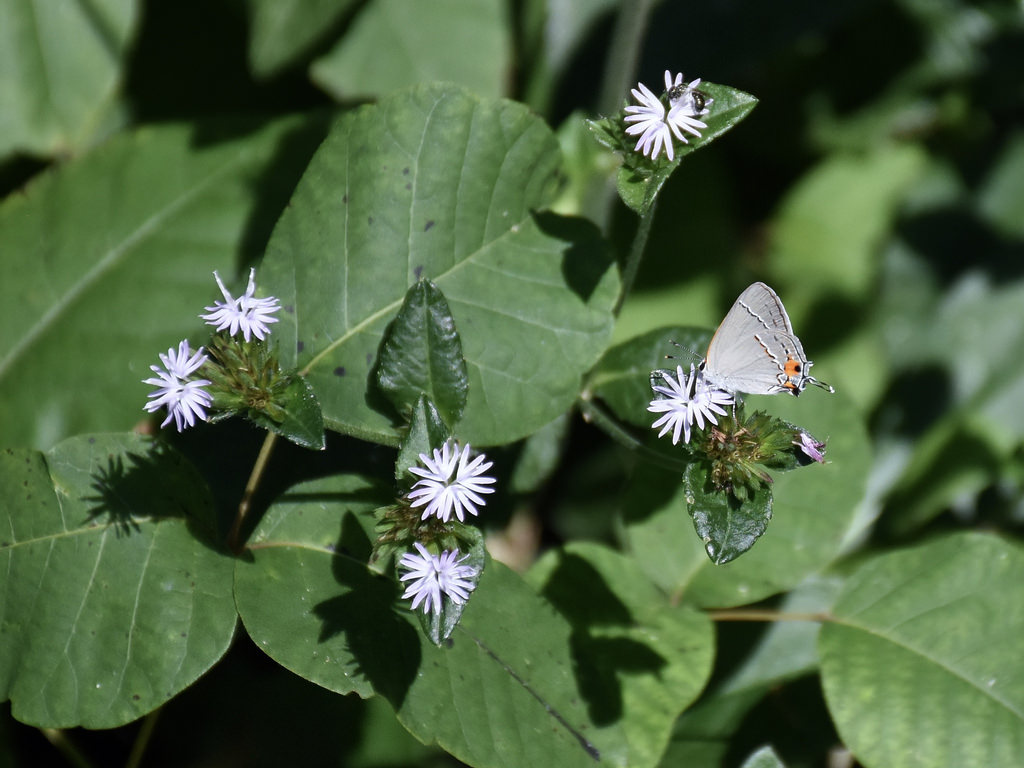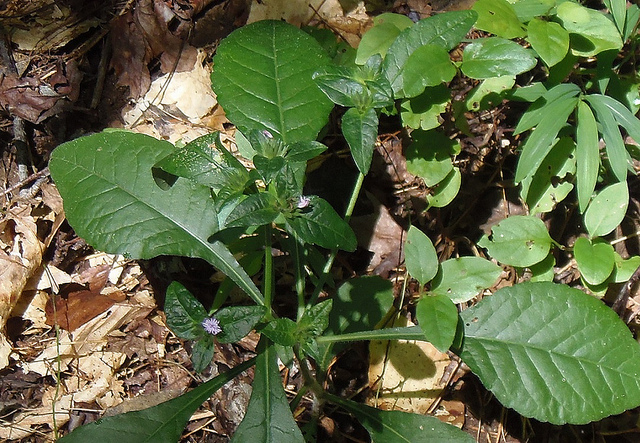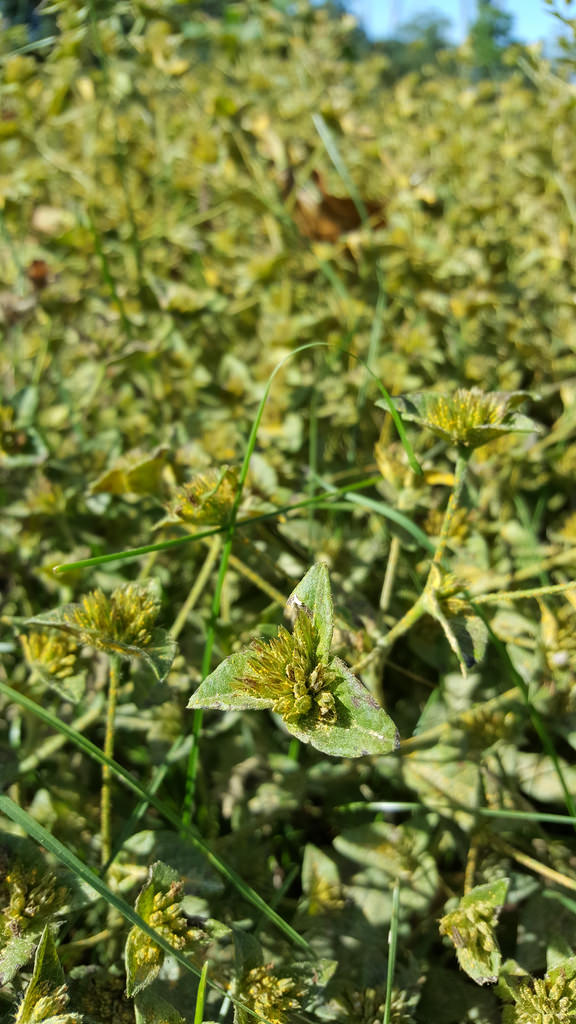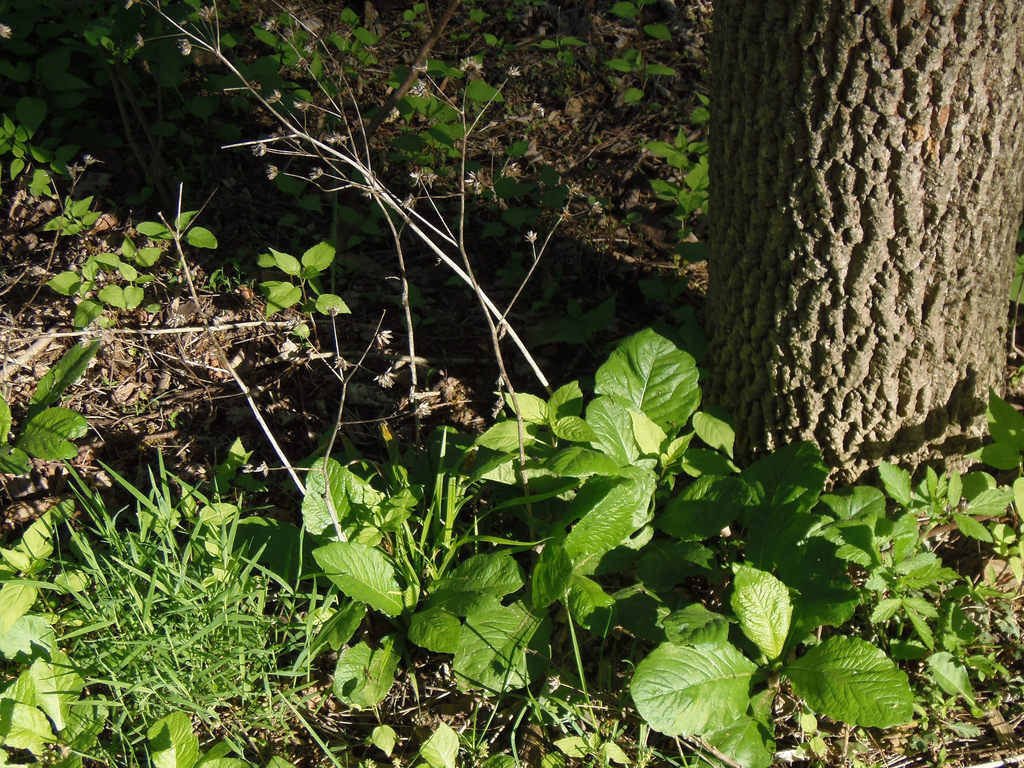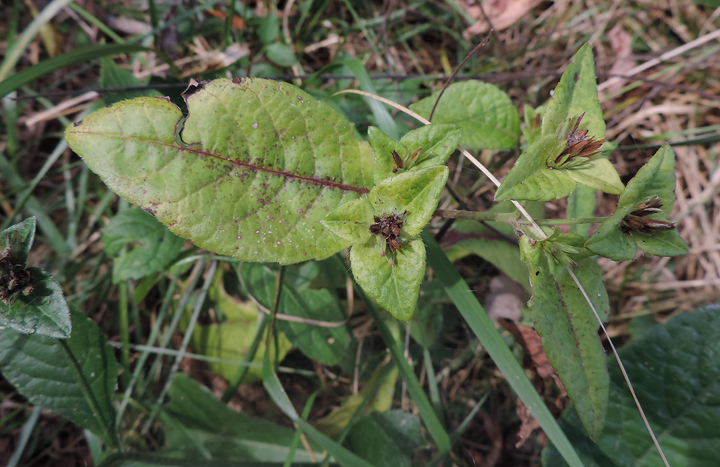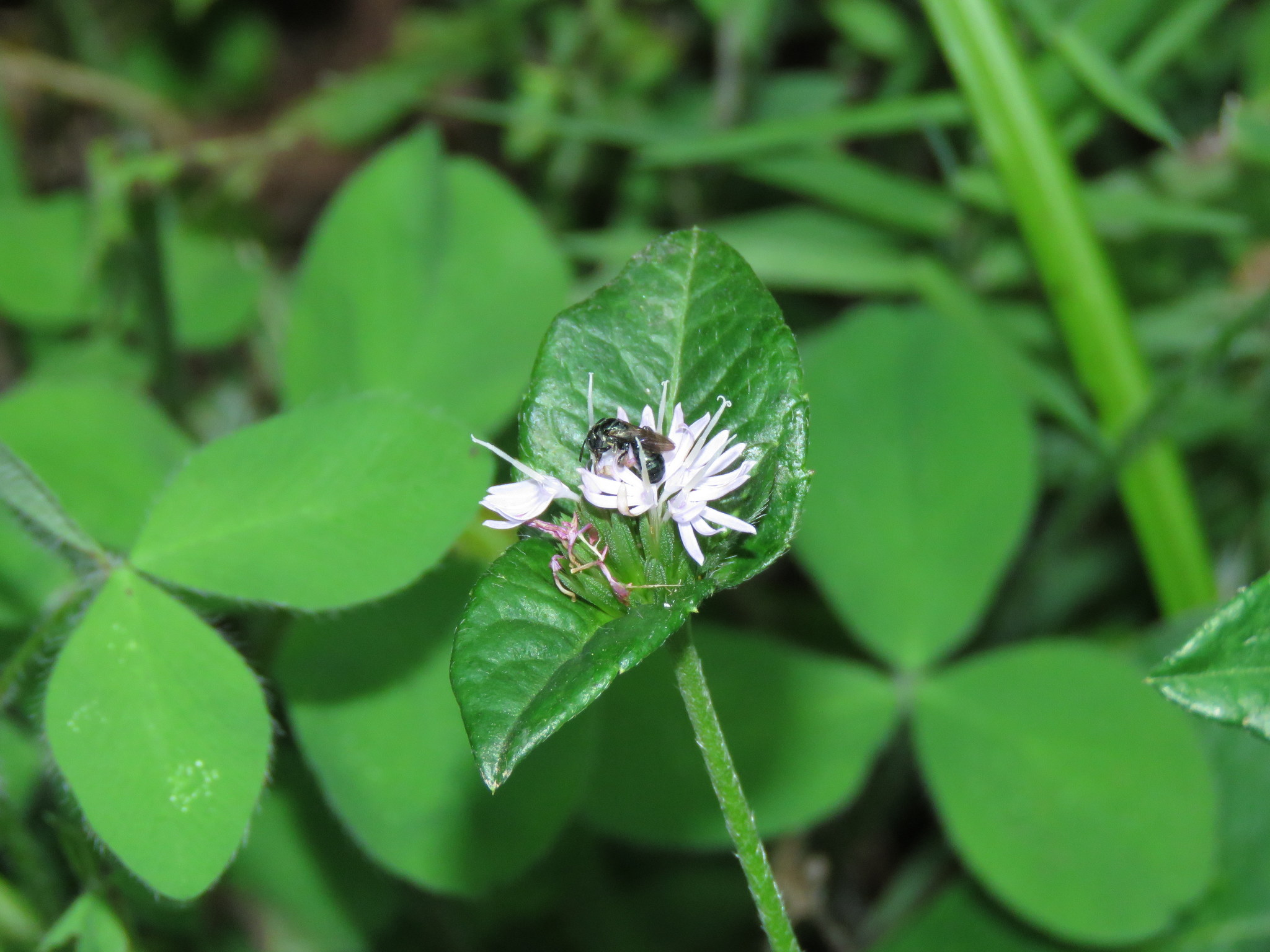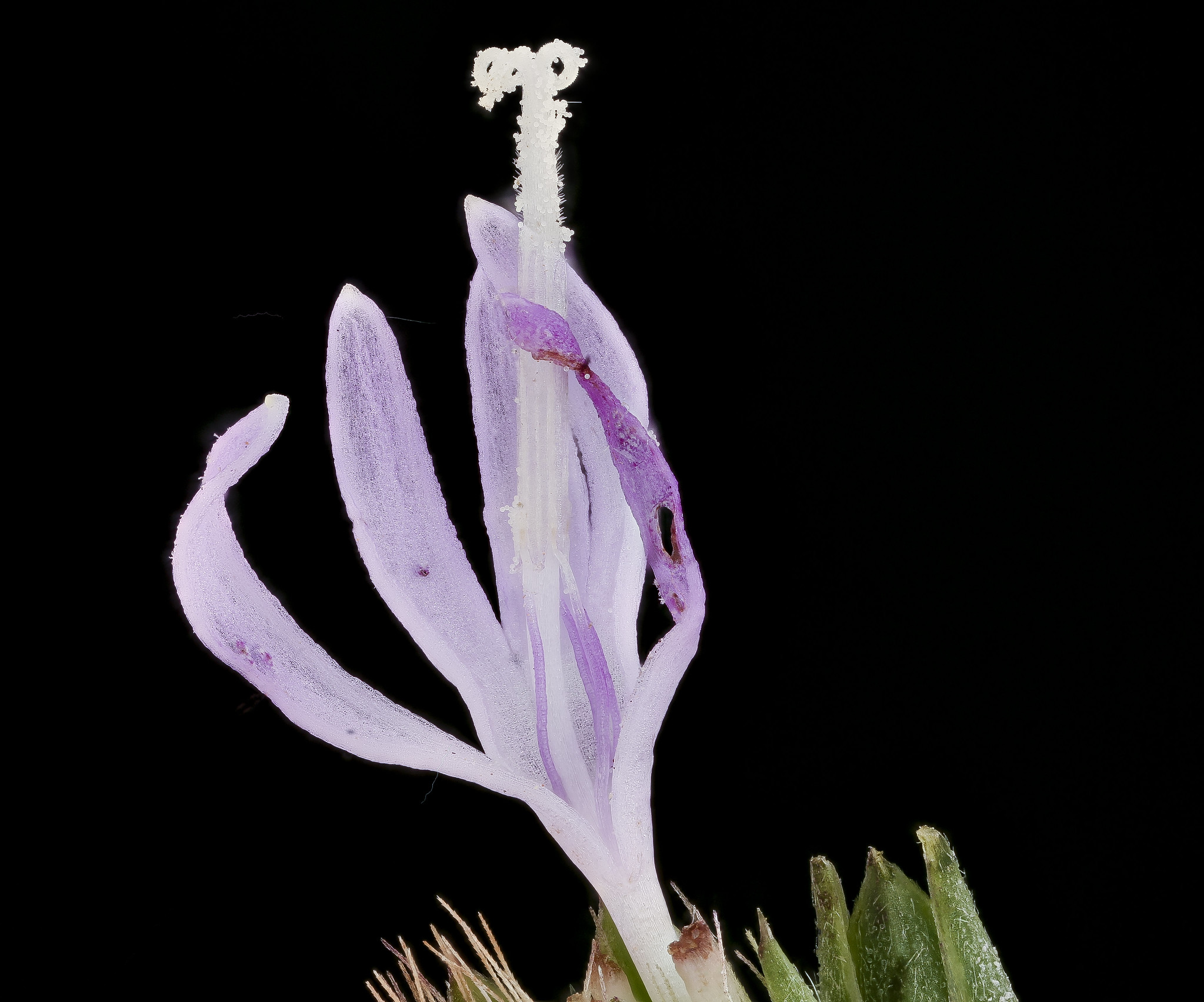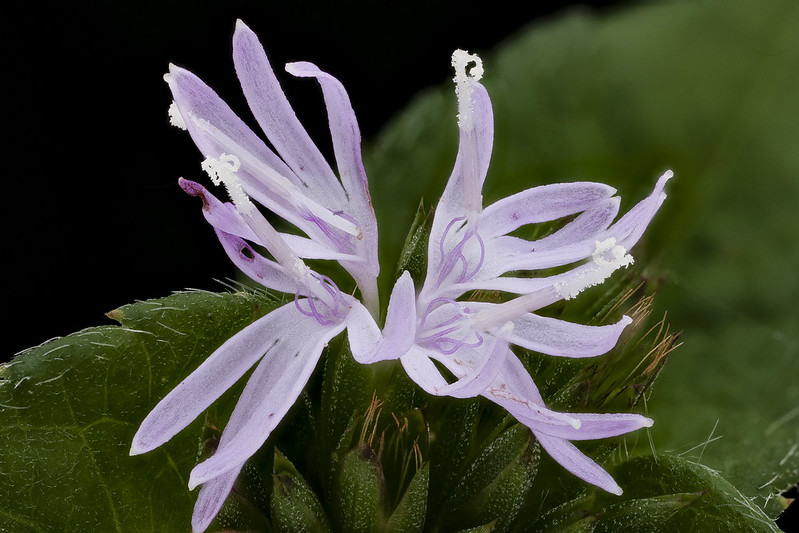Map Snapshot




















263 Records
Seasonality Snapshot
Source: Wikipedia
| Elephantopus carolinianus | |
|---|---|

| |
| Scientific classification | |
| Kingdom: | Plantae |
| Clade: | Tracheophytes |
| Clade: | Angiosperms |
| Clade: | Eudicots |
| Clade: | Asterids |
| Order: | Asterales |
| Family: | Asteraceae |
| Genus: | Elephantopus |
| Species: | E. carolinianus
|
| Binomial name | |
| Elephantopus carolinianus | |
| Synonyms[2] | |
|
Elephantopus flexuosus Raf. | |
Elephantopus carolinianus, with the common names Carolina elephantsfoot[3] or leafy elephant's foot,[4] is a species of flowering plant in the Asteraceae family. It is native to the south-central and southeastern United States.
Description
[edit]
Elephantopus carolinianus is a perennial herb sometimes as much as 120 cm (4 feet) tall. Leaves are elliptic or ovate to lanceolate, up to 12 cm (5 inches) long, larger toward the base of the plant and decreasing in size moving up the stem. The leaves are darker on the upper side than they are on the lower side and are lightly hairy. They are alternate along the stem, becoming spaced farther apart higher on the stem. At the plant's base, the leaves are very close together, as close as 0.6 centimetres (.25 in) apart.[5]
The plant produces numerous small flower heads in a tight cluster, each head generally containing only 4-5 florets. The cluster of flower heads is supported by 3 bracts that resemble leaves and are 1–3 centimetres (0–1 in) long.[6] The lavender, or sometimes white, flowers bloom August to October.[7] Flowers last for one day.[5]
Etymology
[edit]The genus name Elephantopus comes from the Greek words "elephantos" (elephant) and "pous" (foot). The term likely refers to the large basal leaves of some members of the genus.[8]
Distribution and habitat
[edit]The plant is native to the south-central and southeastern United States from Florida north as far as Ohio, Illinois, and Pennsylvania, west to Texas, Oklahoma, and Kansas.[9] It grows in open or shaded pine forests and mixed forests, with generally damp to wet soil, often sandy.[7]
Ecology
[edit]The plant is the larval host for the Cremastobombycia ignota moth.[10]

References
[edit]- ^ "NatureServe Explorer 2.0". explorer.natureserve.org.
- ^ "Elephantopus carolinianus Raeuschel". www.worldfloraonline.org.
- ^ NRCS. "Elephantopus carolinianus". PLANTS Database. United States Department of Agriculture (USDA). Retrieved 21 June 2015.
- ^ Weakley, Alan S. (May 2015). Flora of the Southern and Mid-Atlantic States (PDF). Chapel Hill, NC, USA: The University of North Carolina Herbarium. p. 1115. Retrieved 8 July 2015.
- ^ a b "Know Your Natives – Carolina Elephant's-Foot". Arkansas Native Plant Society. 16 October 2019.
- ^ "Elephantopus carolinianus page". www.missouriplants.com.
- ^ a b >Flora of North America, Elephantopus carolinianus Raeuschel, Nomencl. Bot. ed. 3. 256. 1797.
- ^ "Elephantopus - FNA". floranorthamerica.org.
- ^ Biota of North America Program 2014 county distribution map
- ^ "HOSTS - The Hostplants and Caterpillars Database at the Natural History Museum". www.nhm.ac.uk.


